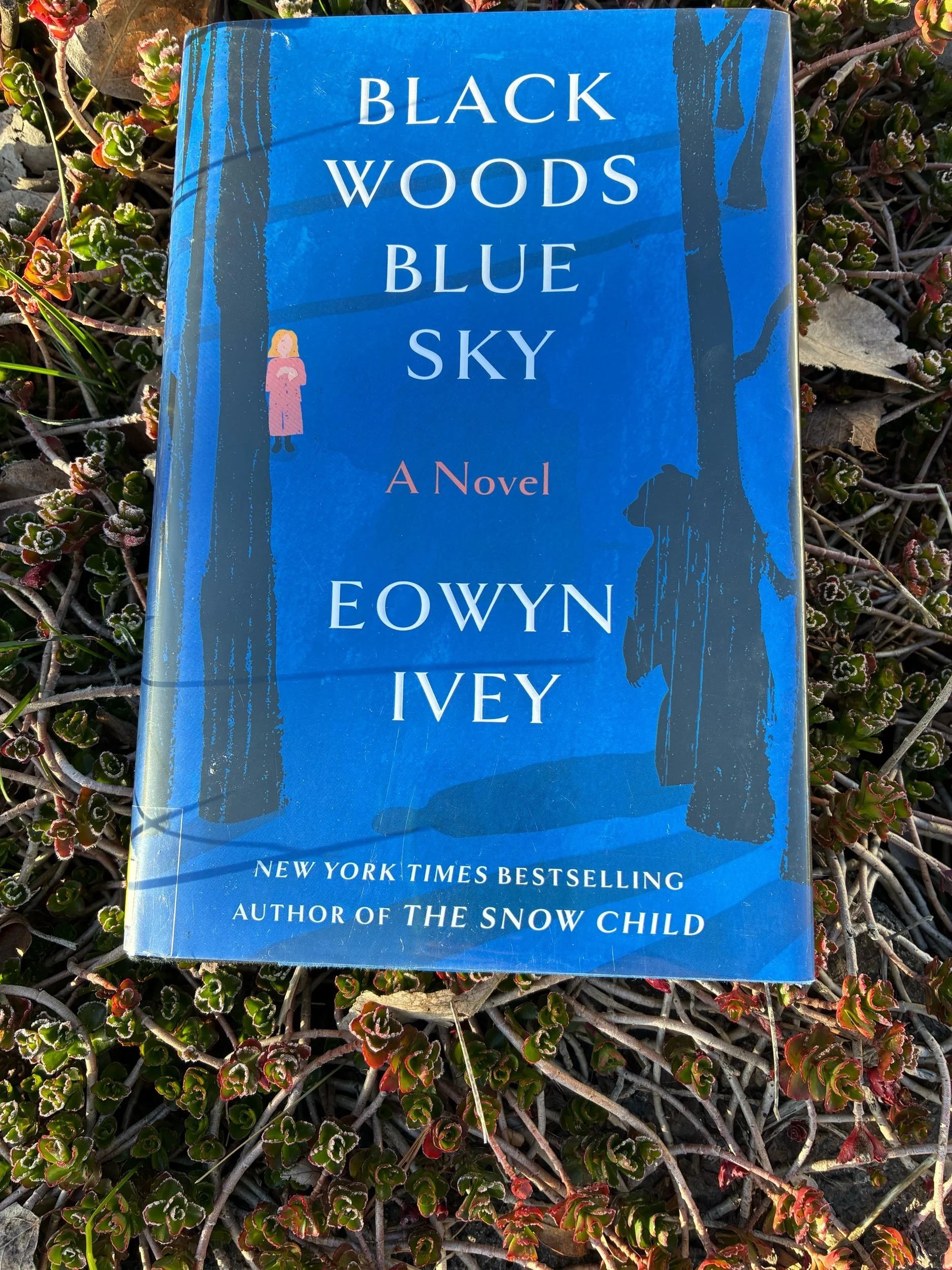To The Bright Edge of the World
Eowyn Ivey’s To The Bright Edge of the World (2016) is historical fiction told in epistolary form with a dash of magical realism. As with her well-known novel (a finalist for the Pulitzer Prize), The Snow Child, Ivey’s focus is on Alaska’s great, expansive wilderness, and the magic at work there. While The Snow Child re-envisions a Russian fairy tale, To The Bright Edge of the World retells history. Based loosely on the historical expedition of Lt. Henry Allen into the Alaskan interior, this novel takes place in two times. The first, in the diaries and letters between Col. Allen Forrester and his young wife, Sophie, in 1885 as the former travels north into Alaska accompanied by a small group of fellow explorers and the latter is left alone in their small cabin at Vancouver Barracks. The second is contemporary as two individuals strike up a correspondence linked to the 1885 Forester expedition. The reader acts much as a historian as she pieces together the story of the Forester expedition through the artifacts, letters, and diary entries that remain over a century later.
To The Bright Edge of the World follows the tenacious expedition as it heads north into the fictional Wolverine River Valley where its members find people with a worldview very different from their own. Alaskan Native traditions and stories sit in stark contrast to the US Army’s desire to explore and map the interior as it compels the expedition northward, and its members witness events that challenge all that they know. With a flurry of magical realism, the reader too experiences these things alongside them that seem impossible, uncanny, unsettling. Mystery and magic, as well as hyperbolically harsh climate and landscape, accompany the expedition as it pushes further and further north through uncharted Alaska.
The novel opens with the domestic felicity of newlyweds Col. Forrester and his young bride, Sophie. Sophie, the reader comes to learn, was a school teacher prior to marrying, with a dedicated passion to observe and study the natural world, particularly when it comes to the study of birds. Her sense of adventure and exploration is as great as that of her husband’s. Yet, contrary to both their hopes, circumstances arise in which Sophie is not able to accompany her husband on his Alaskan expedition. Left behind, Sophie must face her a journey of her own in solitude. Yet, ever the student, she finds a way to fill her days and through the emerging art of photography she discovers a new lens through which to observe the natural world. Over the course of her husband’s absence, Sophie faces every adversity and challenge boldly as she reckons with the distance between her husband and herself.
The letters and diary entries which comprise Allen and Sophie’s experiences provide balance and depth to this novel. In contrast to the domestic themes around which Sophie’s experience must revolve, Allen shares his observations and thoughts as he leads the adventure-rich expedition into the heart of interior Alaska. To provide further perspective, and perhaps balance, to the narrative Ivey introduces two additional correspondents: one a young historian living in the modern-day Wolverine River Valley of Alaska’s interior, the other the elderly great grandnephew of Col. Allen Forrester. Alongside the reader, they endeavor to sort through the truth of the expedition and what ultimately became of Sophie and Allen Forrester.
This is a beautiful, whimsical book. Yet it touches on plenty of difficult themes including loss, grief, shifting worldviews, and what is lost when places are explored, mapped, and exploited. To The Bright Edge of the World provides plenty of adventure narrative alongside a maturing matrimonial romance. What’s more, it scrutinizes the way we come to know history, including all the uncertainties and questions that remain around the edges. To The Bright Edge of the World is a powerful story told with careful consideration of its craft; it is a thoroughly enjoyable read.
Bibliography:
Ivey, Eowyn. To The Bright Edge of the World. Little Brown and Company: 2016.
A Few Great Passages:
“It is the unfolding of potential; all of what we might experience and see and learn awaits us” (41).
“Why, in our efforts to understand and observe life, must we so often snuff it out?” (91).
“There is a mythical element to our childhood, it seems, that stays with us always. When we are young, we consume the world in great gulps, and it consumes us, and everything is mysterious and alive and fills us with desire and wonder, fear, and guilt. With the passing of the years, however, those memories become distant and malleable, and we shape them into the stories of who we are. We are brave, or we are cowardly. We are loving, or we are cruel” (138).
“It is remarkable how we go on. All that we come to know and witness and endure, yet our hearts keep beating, our faith persists” (169).






